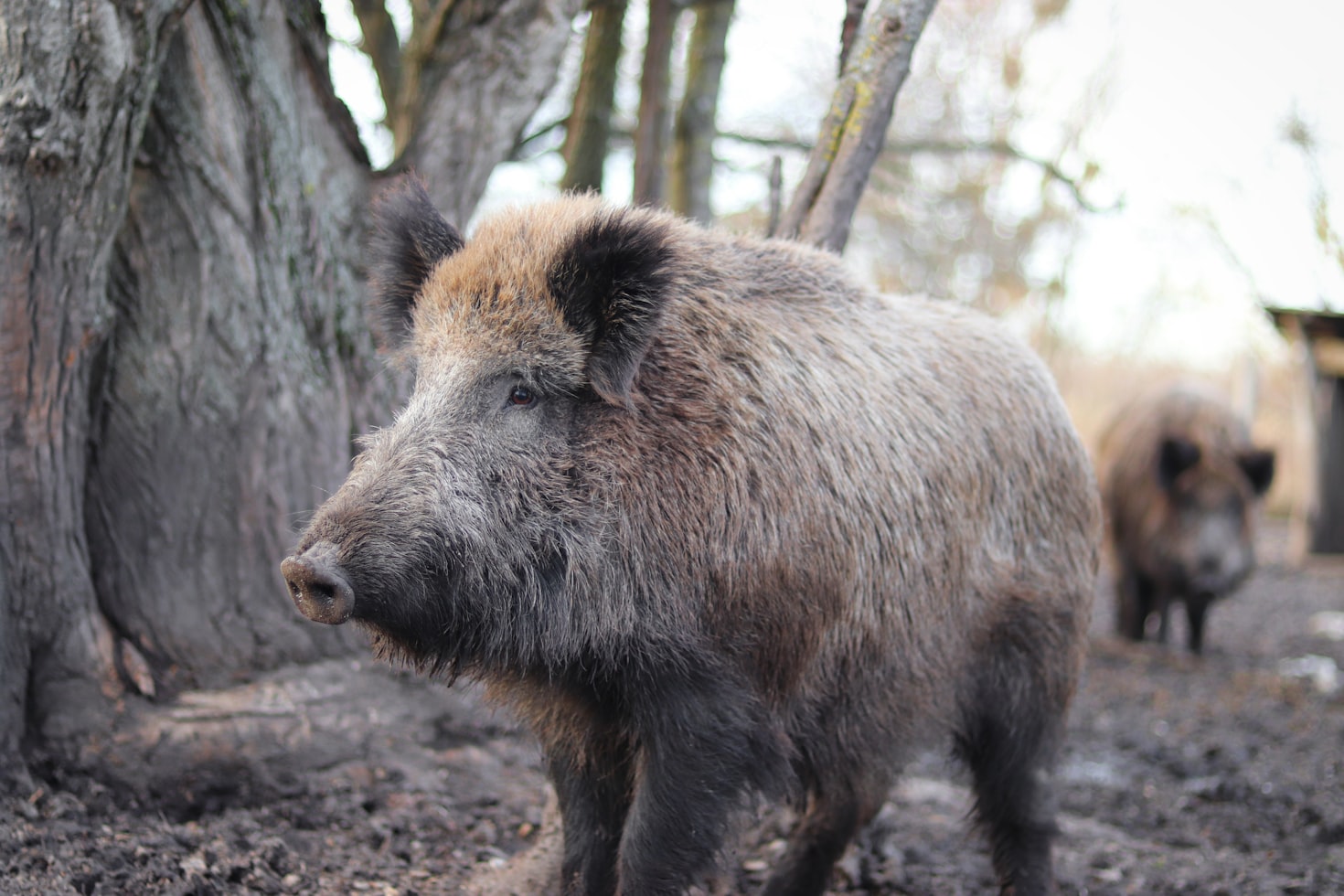The 30-06 is used for a lot of different things, and hog hunting is one of them. Hogs are hoofed game that can weigh anywhere from a few dozen pounds to over 300 pounds. There have even been documented kills of wild pigs weighing more than 1000 pounds in the United States. It all comes down to knowing where to shoot a hog with a 30-06.
Proper shot placement is vital when hunting feral hogs. When using a well-balanced, versatile, affordable hunting cartridge like the 30-06, targeting any of the vital organs (lungs, heart, brain, and the spinal column) will give you a kill shot.
Wild pigs are tough, from their thick skulls to the cartilage shoulder shields that protect their upper bodies. If you have been looking for recommendations on ammo to use when hunting hogs, here’s a bit about the .30-06.
Table of Contents
The 30-06: A Brief Introduction
For nearly 50 years, the.30-06 was the primary rifle and machine-gun cartridge used by the United States Army before being replaced by higher calibers.308 Winchester. The “.30” refers to the bullet’s caliber, and the “06” refers to the year the cartridge was introduced – 1906.
The “thirty-oh-six” caliber is widely used in bolt action rifles, machine guns, the BAR (Browning Automatic Rifle), and the Famage Mauser. The 30-06 is one of the most versatile cartridges ever designed in terms of ballistics.
Many hunting loads have over 3,000 foot-pounds (4,100 J) of energy at the muzzle and use expanding bullets capable of transferring energy to targets quickly. The .30-06 is still one of the world’s most popular sporting cartridges. Another advantage of the 30-06 is its widespread availability.
Where to Shoot a Hog With a 30-06
While feral pigs are invasive and vexing, shooting one in the back, front legs, or guts and letting it run away will cause undue suffering. It is cruel and inhumane.
Proper hog shot placement is imperative because it minimizes the prey’s suffering, reduces damage to the meat, and preserves your ammo. Typically, when deciding where to shoot a hog with a 30-06, several factors come into play, such as:
- The bullet’s grain weight
- The firearm’s physical condition
- The size of the wild hog
- Wind conditions in the area
- The shooter’s marksman skills (expected accuracy)
- The distance from the hog to the downrange.
- The ethics of the optimal number of shots allowed
Despite these variables, you will never go wrong if you know where to target your shots.
The Vitals
Forget all you know about the deer anatomy while hunting deer. Applying the exact shot placement will get you nowhere. You’ll end up spending precious time trying to track a wounded animal.
The Heart, Lungs, and Liver
Unlike the North American deer, the vital parts of hogs are located in a much lower position. When the hog is in a broadside position, shots to the heart, lungs, and liver are aimed at the hog’s front shoulder zone. Some experts recommend aiming for the heart (the area immediately behind and above the shoulder). Aim for just above the shoulder because the lungs are located above the shoulders. Hitting the shoulder area will immediately put the hog down.
However, keep in mind that the lungs, liver, and heart are all protected by thick shoulder cartilage. It usually is densest at the top and thins slightly toward the top of the front leg.
The Central Nervous System
The CNS consists of the brain and spinal column. If the hog is front-facing, this is the best shot placement. Aim for the center of the forehead, directly above the midline of the eyes. A bullet between the ear and the eye effectively penetrates the brain, resulting in instant death!
Hitting the spinal column will also bring the prey down. The hog’s spinal cord center is located in the neck region. As a result, a neck shot will result in an instant kill. However, aiming for the brain isn’t recommended for noobs unless you are an excellent marksman. This is because hogs’ brains are tiny and are protected by a hard bone.
The Ear Hole
The ear hole serves as a gateway to the animal’s neck area. This shot works best with stationary hogs. Because this wild game rarely stands still, a little patience and a good scope will also come in handy. A well-placed shot to a boar’s ear hole will cause the neck to snap, resulting in swift death.

Through the Eye
Similar to the ear hole, shooting a hog in the eye will cause it to drop dead. You are most likely to hit the brain, just like the earshot. Most hunters prefer the ear to the eye but go for it if that’s the only option.
How Far Can I Shoot With a 30-06?
Although the maximum effective range varies depending on load and rifle, the .30-06 Springfield is certified for an extreme reach of 4.75 miles and an effective firing range of 1,000 yards with its original 150-grain spire point bullet 2,700 fps. A flip-up rear leaf sight with a range of 2,850 yards was graduated. You can effortlessly hit a standing, mid-sized target at a point-blank range of 500 yards.
In Summary
If you were wondering where to shoot a hog with a 30-06, you have the answers. However, other factors are worth considering (like the quality of the firearm and your marksmanship) shot placement to the vital organs, neck, head, ear hole, or through the eye. If you are confident in your shot accuracy, you can try aiming at the chest area. The 30-06 caliber dissipates enough energy to deliver a center-punch kill shot.
All in all, I would say any 30-06 rifle will get the job done, whether you’re stalking hogs in woodlands or using bait in the fields.











































